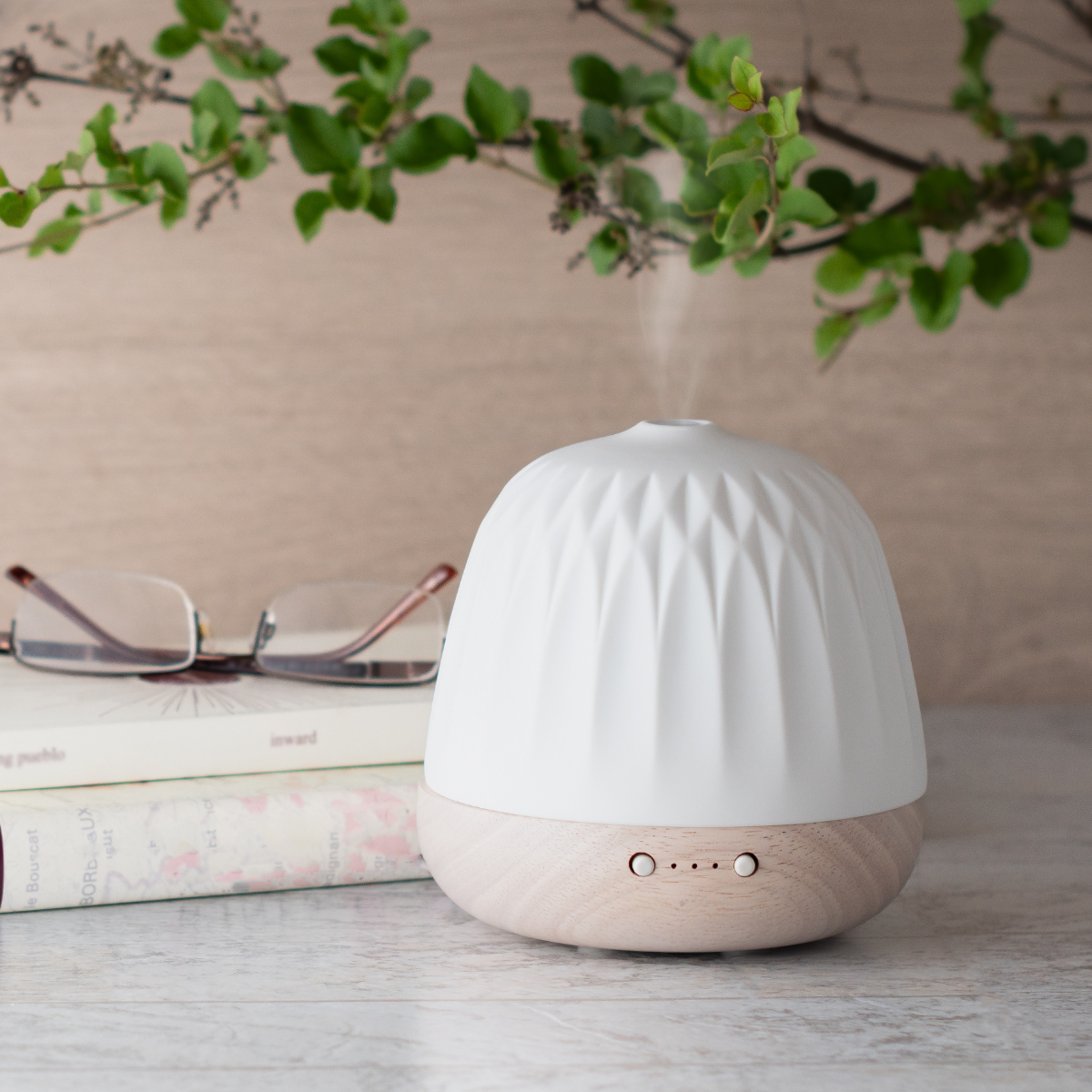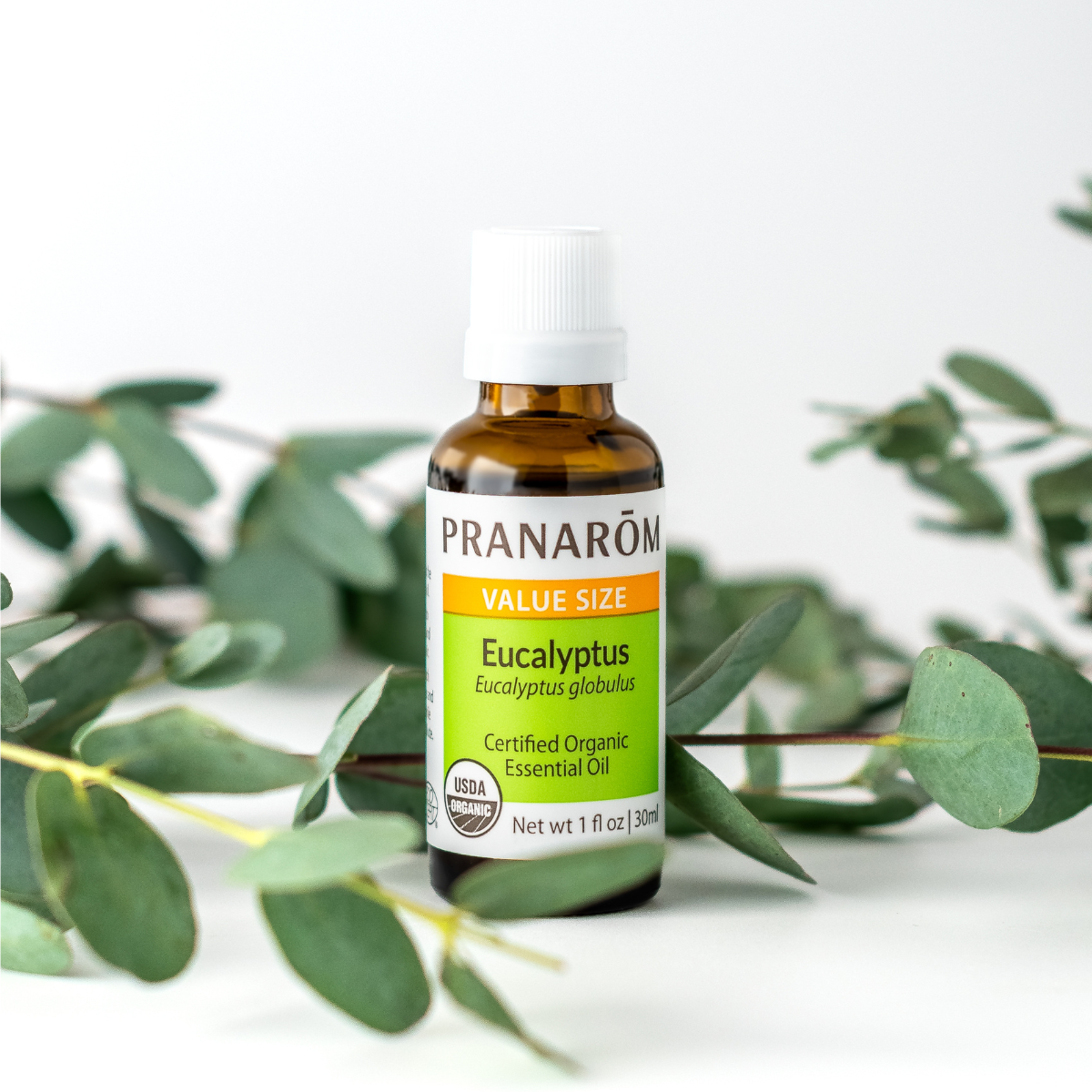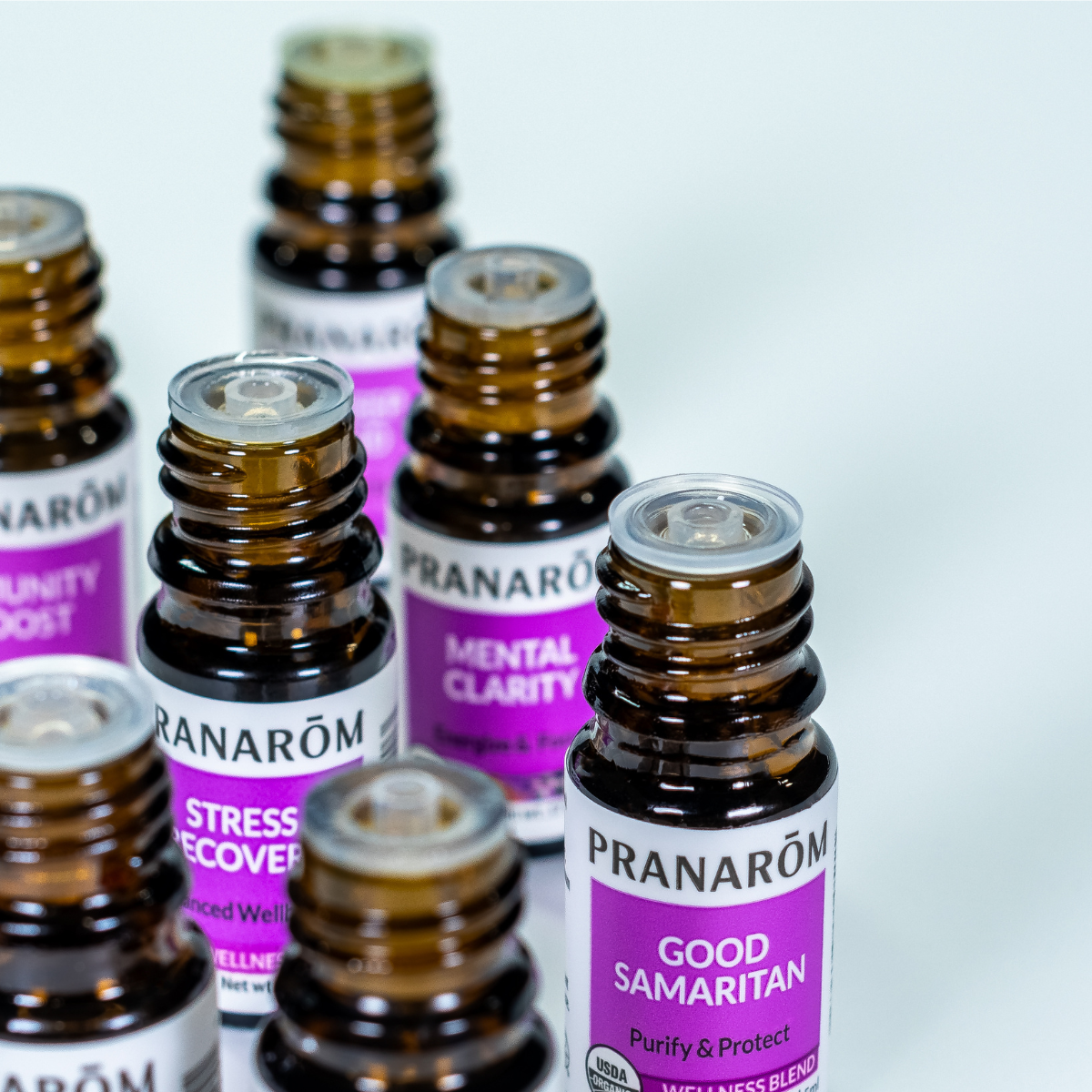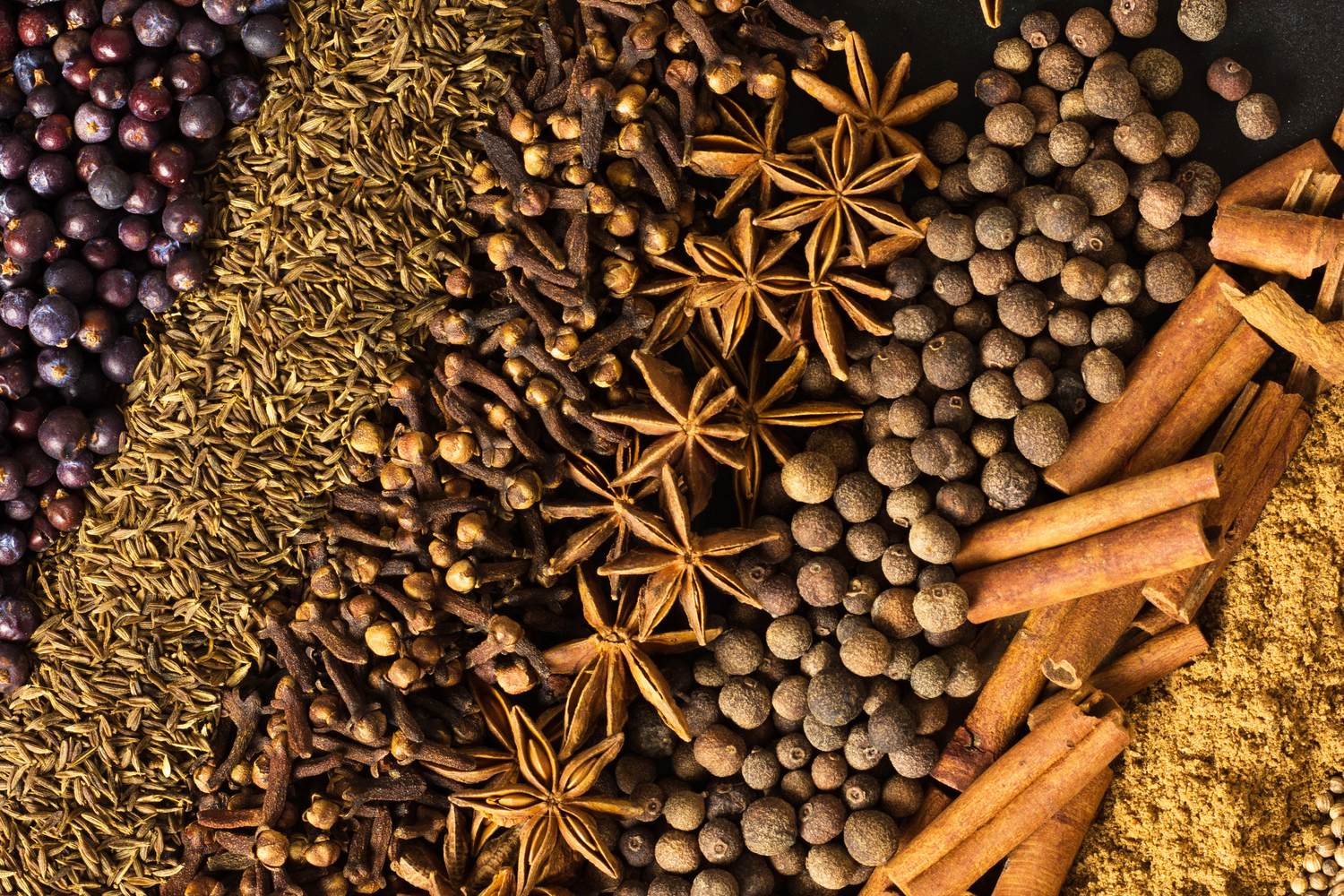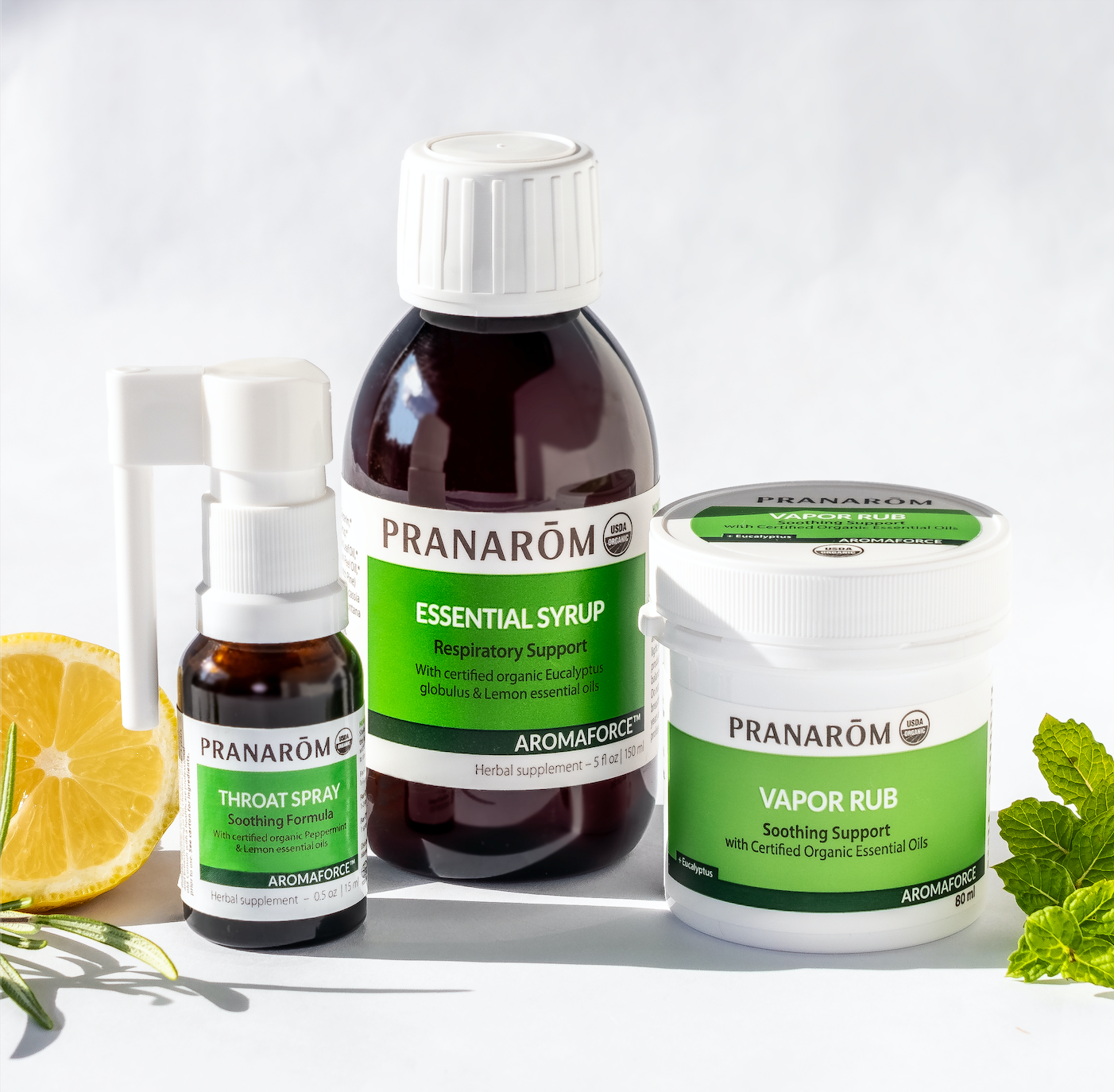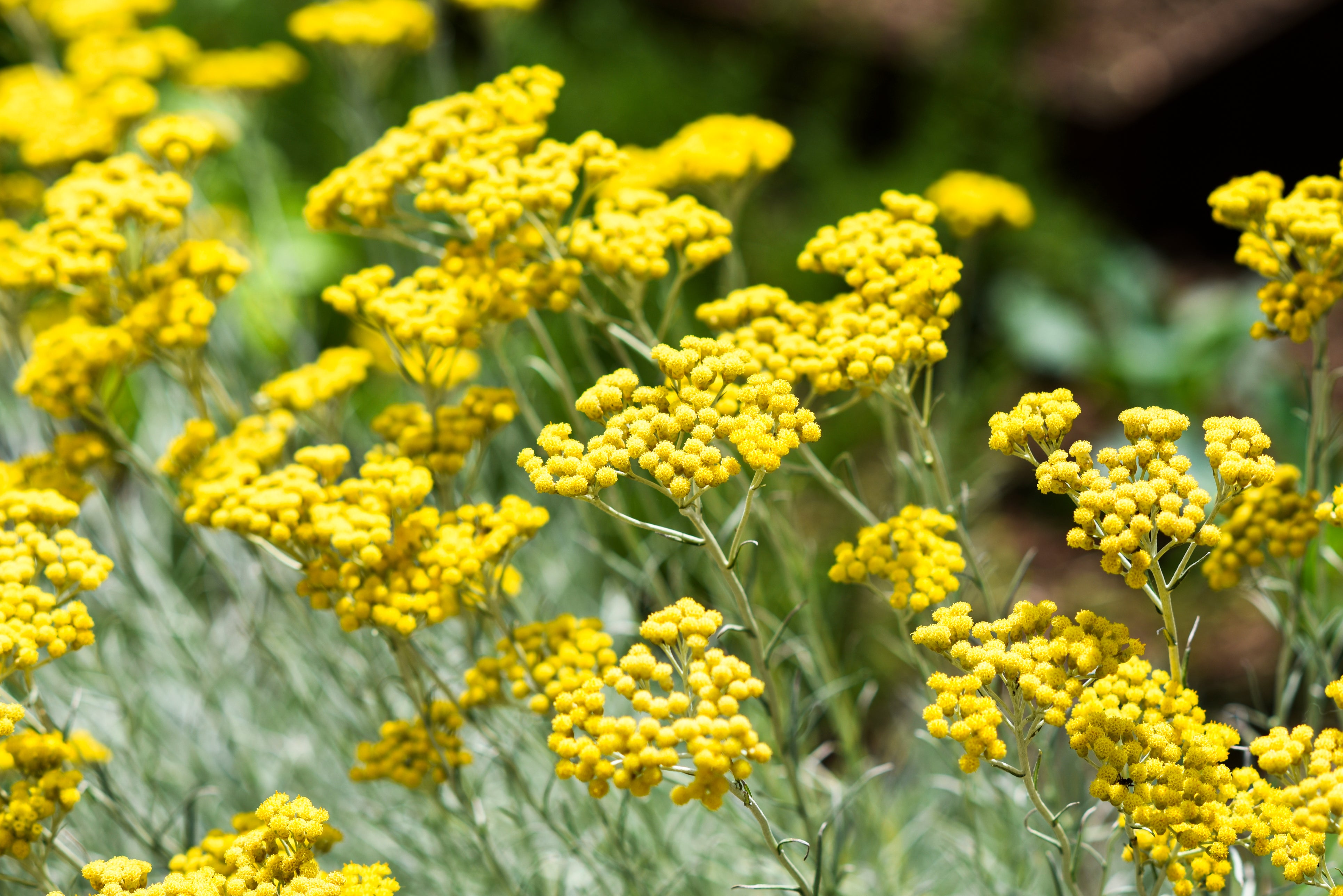Friday, October 27th, 2023 | Article by: Liza Docken

12 Fall Scents: Essential Oils for Autumn
‘Tis the season for cozy, comforting aromas as we spend more time indoors. Essential oils are a great way to bring wonderful smells into the home, while also clarifying and purifying the air. Best of all, creating your own spicy or refreshing fall diffuser scents and blends! What does fall smell like to you? With so many to choose from, here’s a list of fall scent essential oils and how they can add to our home’s ambiance.
As people break out the pumpkin spice everything, there are so many other smells associated with fall. Lean into your favorite fall fragrances when considering your personal blends and let the essential oils do their work.
Cardamom
A classic spice in the world of baked goods, and an excellent addition to any fall fragrance blend. Cardamom is joyful, fresh, and sweet in its spiciness, pairing well with the other oils on this list. Think spice oils like Cardamom for the fresh-baked fall scents essential oils can offer. This essential oil pairs especially well with Coffee CO2 for a spiced coffee diffusion blend.
Cinnamon Leaf* & Bark
Two oils with the same source, one oil comes from the bark of the tree and the other from the leaves. While this is straight forward by name, it’s important to note that they have some differences in their constituents and therefore their aromas. Cinnamon Bark gives the quintessential autumnal vibe and is the best option for your fall diffuser scents. Use sparingly as too much of this on its own or in blends can be overwhelming to the respiratory system. Start with one drop at a time – a little goes a long way! *Please note that Cinnamon Leaf essential oil should not be diffused on its own. This essential oil is beneficial, but needs to be with other oils for diffusion.

Clove Bud
Another classic spice that offers profound abilities to keep the home healthy. This warming oil with a spicy personality offers a softer spice than Cinnamon and can be used in higher amounts when creating blends. Choose this oil to protect, support, and recover during cold and flu season – an added bonus to its pleasing aromatics.
Frankincense
A true treasure in aromatherapy, Frankincense can add reverence to any space, paving the way for calm vibes and deep breathing. This essential oil is light and earthy, with strong lingering resinous undertones that both uplift and ground the mind, body, and spirit. As an addition to fall scent essential oil blends, it will both pique interest and carry the scent through the day. Frankincense blends well for all fall-inspired fragrances.
Cedarwood, Atlas
These towering trees offer a soft, subtle, and caring aroma that will last. An aroma with deeply rich and woody notes, this aroma can ground, uplift, and balance out some of the mores spicy essential oils on this list. It can be a particularly nice complement to Juniper Berry’s brighter pungent notes.
Eucalyptus Globulus & Radiata
Two spectacular options to refresh and support the respiratory system, offering a cooling element in a sea of otherwise fairly warming essential oils. Fall essential oils scents can and should be as varied as our moods, and these step in to shake things up. With two options it can be hard to choose between them, so here’s a simplified way to find your best option. When diffusing around little ones, pets, or those with asthma, choose Eucalyptus Radiata. With a very similar smell, you can avoid Eucalyptus Globulus’ slightly more intense approach to respiratory care. Otherwise, these two can be interchangeable where applicable.
Ravintsara
The lesser-known respiratory support oil, Ravintsara comes in with some similarly fresh, cooling notes to also support our nervous system. Tackling two major systems at once, Ravintsara is your new must-have for fresh fall diffuser scents.
Thyme ct linalol & thymol
A culinary gem with earthy, rich aromas that complement and support during the cooler months, Thyme essential oil comes in two constituent types. Use the Thyme ct linalol for a gentler, softer approach to fall fragrances and for use around little ones and scent sensitive folks. For a more robust and powerful addition to your fall essential oil scents, Thyme ct thymol provides powerful protection and purification to your fall fragrances. Thyme ct thymol is a great option for DIY household cleaners, too!
Fennel
Sweet and herbaceous with hints of licorice, this essential oil can really set your fall diffuser blends apart! Use sparingly, however, a little goes a long way. *Please note, this oil should not be used with those who are pregnant.
Balsam & Douglas Fir
Forest bathing at home! These two types of Fir comfort, calm, and connect us to the outer world in a season where many of us are forced to spend more time indoors due to colder weather and harsher conditions. Diffuse a combination of conifer oils, close your eyes, and imagine your favorite forest hiking trail. You’ll be more relaxed and breathing easier in no time.
Pine, Scotch
A great addition to the conifer blends, this fall scents essential oil can instill strength of character and self-assuredness. Supportive of our breathing and nervous system, Scotch Pine is a fall favorite that blends well with some of the spicier oils, too.
Ginger
Sweet, spicy, and rich, this essential oil is very warming and soothing to our general health and wellbeing. Add Ginger essential oil to your diffusion blends and body oils to invigorate and stay warm this fall.

Coffee
Spiced coffee anyone? Add a drop or two of this essential oil to your diffuser with a drop of clove, cardamom, cinnamon bark, or peppermint! Emulate your favorite coffee drink in a fabulous fall essential oils blend, scented to perfection, just the way you like it.
Peppermint
Cooling, refreshing, sweet, and a great combo for Coffee essential oil. A little goes a long way in the diffuser, so start with one drop. Add to brighten and refresh any space, and bring a little focus into the home or office.
How to Blend Essential Oils for Fall Scents
When blending for your perfect synergy of the best fall fragrances, start by placing the bottles of oils you want to use on the table in front of you. It’s best to start with three, keep it simple to start. The more you do this the more complex your blends can be! Remove the caps of the essential oils and bring them up toward your nose, all at a fairly even level. Wave them back and forth under your nose and take in the combination of fall fragrances. Notice the oil you smell the most and which you smell the least. As you hold your combination of oils, lower the bottle you smell the most and raise the bottle you smell the least. Now each of your essential oil bottles is likely at a different height. If you started with three oils, add one drop of the oil furthest from your nose into a clean, empty bottle or small bowl. Then add two drops of the oil in the middle, and three drops of the oil closest to your nose. Swirl these oils a few times and then take in the combined aroma. Let it sit for a moment and smell again. If it feels right, place the mixture into your diffuser and take in the wonderful smell of your fall synergy.
Remember, when blending fall scents essential oils, they may compete with each other, so take your time with this! It’s easier to add another drop than to take some away, so start small and work your way up. Once you have your ratios set you can make full bottles of your fall scents essential oil blend to add to the diffuser whenever you need a boost of autumnal delight.
Shop Fall Essential Oils from Pranarōm
All of these fall favorites are available on our essential oils page here! Each oil is listed and has more information including blending suggestions, and ways to buy. We hope you enjoy your blending adventures.

